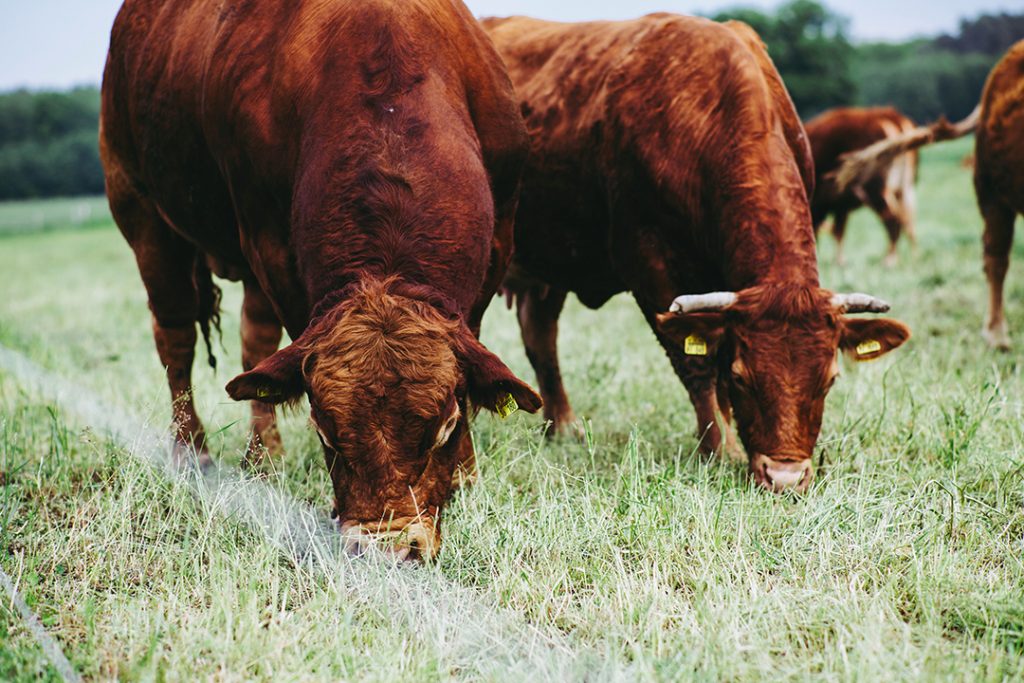Can we produce more animal protein without damaging the environment?

In an effort to make sure the animal protein supply is sustainable, a Texas A&M AgriLife researcher is using mathematical modeling to connect the dots between increasing production efficiency in livestock operations and minimizing environmental impacts.
Luis Tedeschi, an AgriLife Research ruminant nutritionist, and his team in the Texas A&M University Department of Animal Science recently published a paper on sustainable livestock intensification, “Modelling a Sustainable Future for Livestock Production,” in Scientia.
The team concluded that an integrated smart-farming approach employing innovative pasture systems and modeling-based decision support tools could help create more sustainable livestock systems.
In the Scientia paper, Tedeschi said it is clear that sustainable intensification does not result solely from improved biological and physical processes. Such improvements also require managing the system appropriately and intelligently in an integrated, holistic way. Thus, modeling-based, integrated decision-support systems could form the backbone of future sustainable intensification of the livestock industry.
With most current food production systems focusing on maximum productivity and profitability, there is concern that protecting or regenerating the environment is not part of the equation.
“With a world population that is predicted to reach 9.55 billion by 2050, increasing pressure is being placed on global food production,” the team wrote. “Doing so while reducing the impact on the environment requires crop, soil and animal scientists around the world to come up with quick and effective solutions.”
Tedeschi said livestock production is often criticized as a critical global contributor to greenhouse gases, with some estimating it accounts for up to 14 percent of emissions. While there is room for improvement, that number, in reality, is less than about 6 percent in the United States. However, those emission levels vary among countries, depending on the emissions of other sectors, mainly the energy sector.
“When it comes to the environment, everyone talks about sustainability, but nobody knows for sure how to make that happen,” Tedeschi said. “Some people might say stop eating beef while others say stop driving your car. It’s a guessing game. Science can help us to find the way.”
Sustainability doesn’t have to be a guessing game when it comes to livestock nutrition and environmental impacts, he said.
“We have the scientific knowledge of ruminant nutrition to accurately understand how what we feed impacts the environment. We’ve developed the mathematical models, and while they may not be 100 percent accurate, they definitively can tell us if our changes are going to be positive or negative, on the bottom line, to the environment.”

